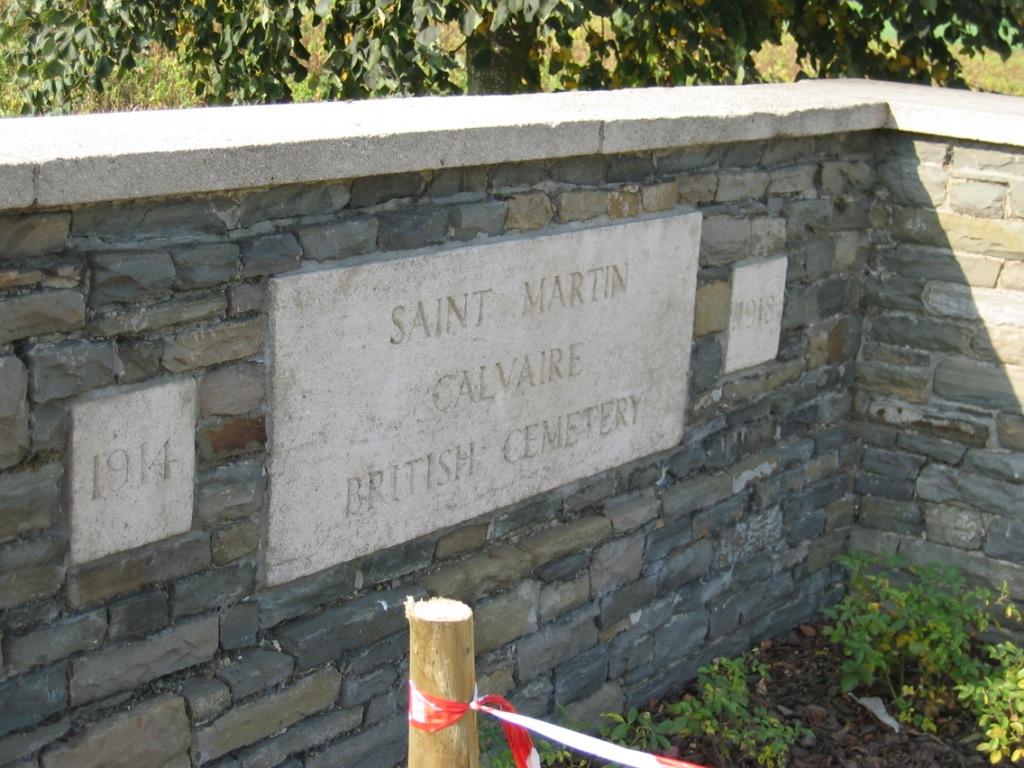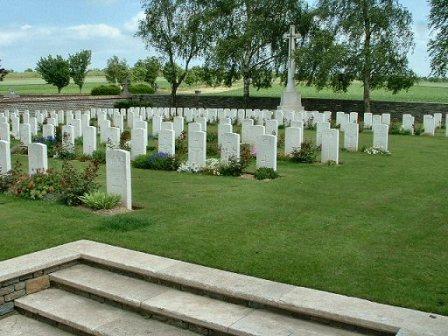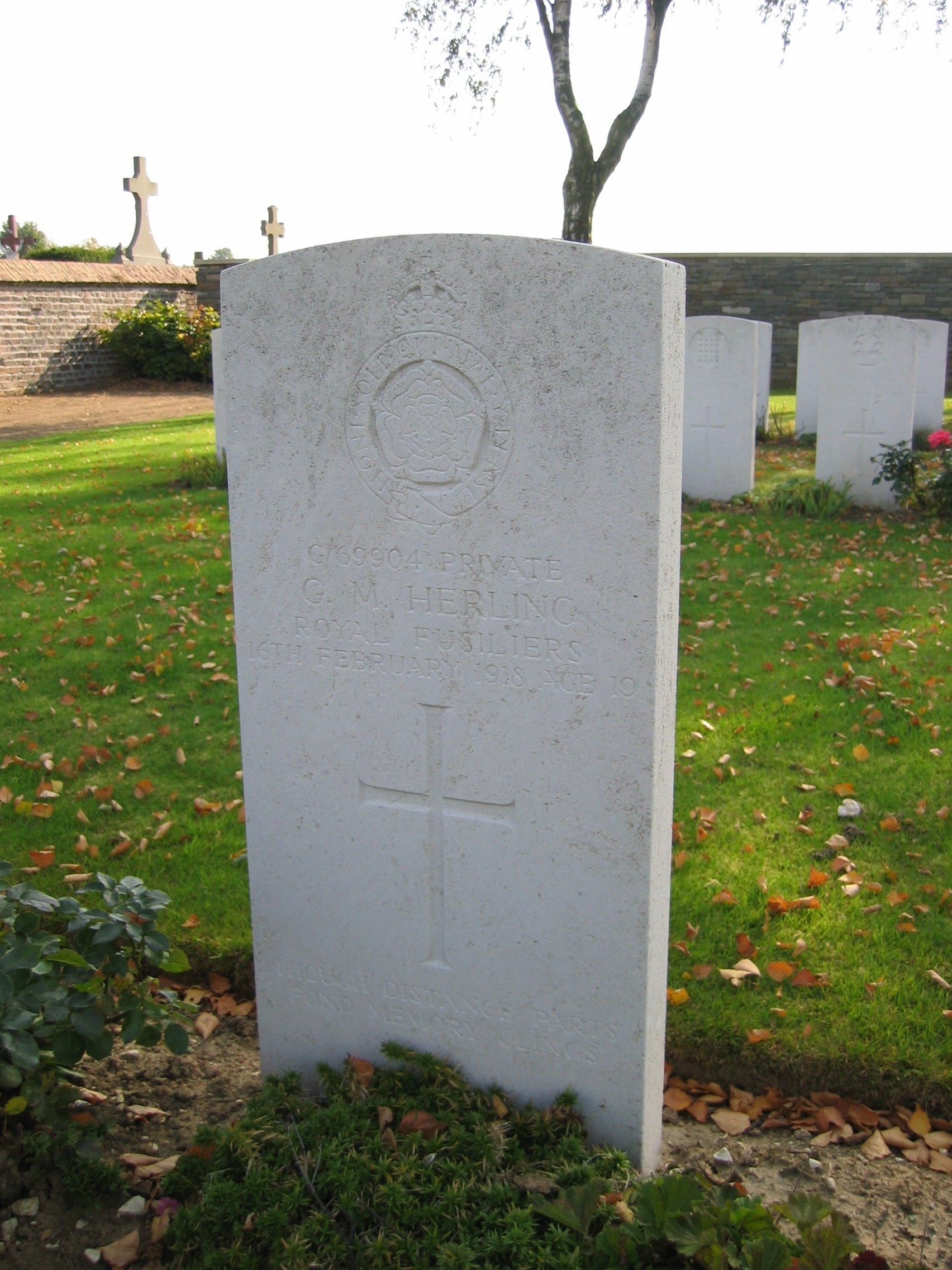George Milward
Herling (1899-1918)
George, born in 1899, was a son of Mary Jane Shaw
and George Milward Herling and was only 18 when conscripted for the
First World War in his home town of Preston. He started in the 106th
Training Reserve Battalion and later joined the 4th Battalion of the
Royal Fusiliers as Private G/69904. He is buried near where he died
on the 16th February 1918 in the Pas-de-Calais, France.

St. Martin-sur-Cojeul is a village
about 8 kilometres south-south-east of Arras on the road from Henin
to Heninel, just west of the autoroute to Lille. The cemetery is to
the south of the village.
The village of St. Martin-sur-Cojeul
was taken by the 30th Division on the 9th April 1917. It was lost in
March 1918 but retaken in August. St. Martin Calvaire British
Cemetery was named after a calvary which was destroyed during
the war. The cemetery contains 228 Commonwealth burials of the First
World War, five of them unidentified. There are also three German
graves within the cemetery which was designed by Sir Edwin Lutyens.

His Commanding Officer wrote to
mother Mary
Jane: "I know that your son will be reckoned among those who have
been 'faithful unto death'. I was fortunate enough to have been his
Platoon Commander, and I have never known him to fail in any duty he
was called upon to do".

Before military service George had
been employed assisting his mother at the Butchers and Commercial
Hotel which she owned in Brook Street, Fulwood, Preston. He attended
the nearby Eldon Street Elementary School, today called Eldon
Primary School.
His army account had a credit of £3
7s 4d which was paid to his mother Mary Jane on 13th July 1918. On
1st December 1919 she also received a war gratuity of £3.
George Milward Herling was awarded the British War Medal
and the Victory Medal posthumously.



|



